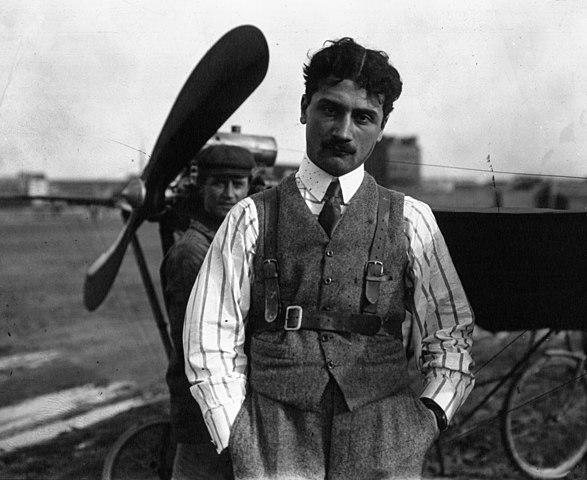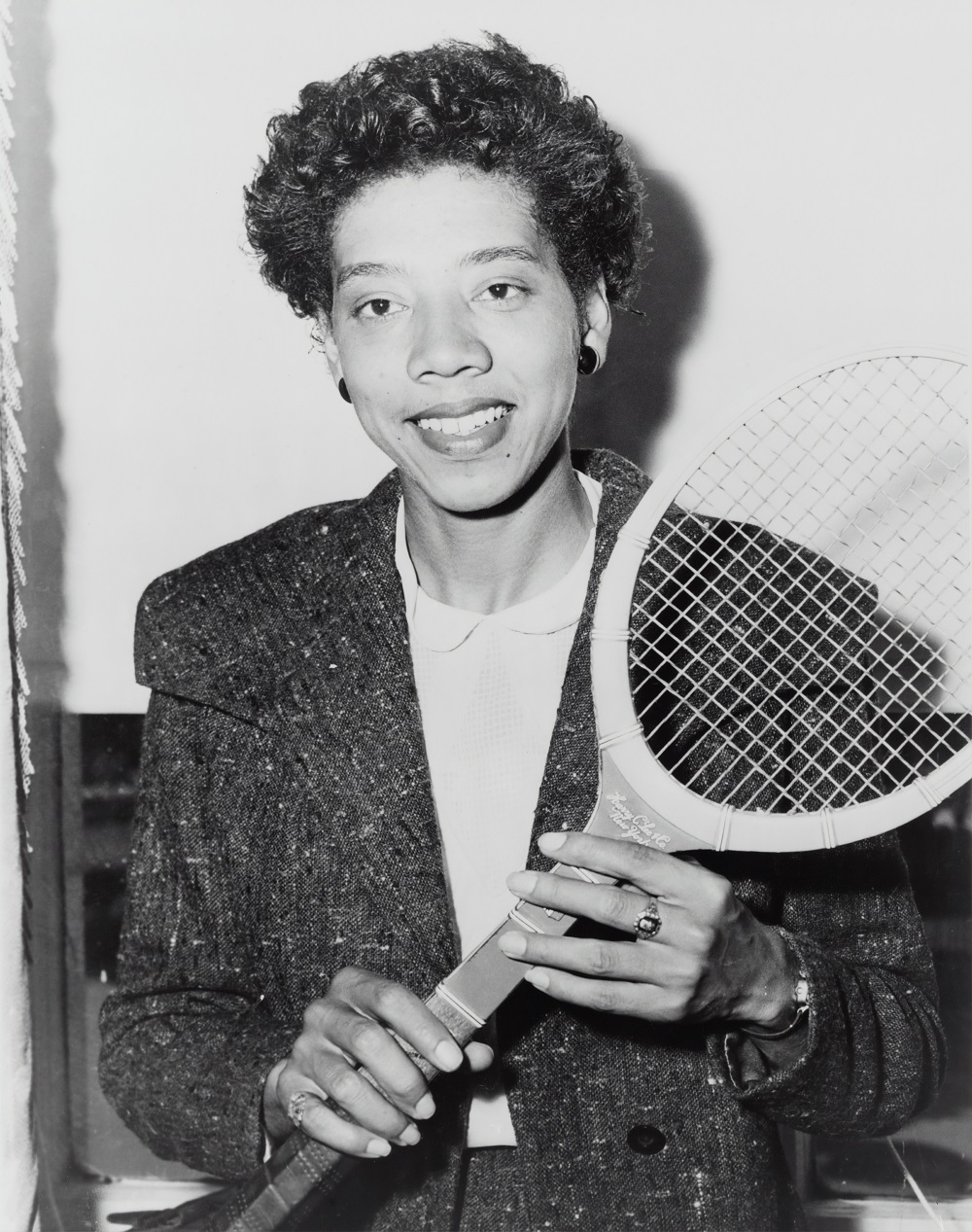By the end of May every year, the biggest names in tennis gather in Paris to fight it out for the French Open title at Roland Garros, one of the most prestigious tennis grand slams. We have dug up some interesting facts about the championship that you would be amazed to read or were unaware of.
 ©Photographie de presse de l'agence Meurisse, Public domain, via Wikimedia Commons
©Photographie de presse de l'agence Meurisse, Public domain, via Wikimedia Commons
Who is Roland Garros?
You would be surprised to know that Roland Garros was an aviator and a war hero who was interested more in football, rugby and cycling than in tennis. Amongst many other recognitions, he is best remembered for equipping fighter planes with machine gun through the propeller. In 1928, when it was France’s turn to defend the Davis cup, the stadium was constructed and named after the famous war veteran.
Is the surface made of clay?
Not really! Back in the 1980s, for practical reasons, powdered terra cotta was scattered all over the grass courts to prevent them from drying. Over the years, many technological advances were made, but the concept has remained the same. As of today, the courts consist of five layers that are about 80 centimetres in depth in total. The first layer is made of stones, followed by gravel, volcanic residue, limestone and finally a thin layer of crushed brick, giving the courts an ochre hue.
How big is the venue?
In comparison with other grand slams, Roland Garros is the smallest in terms of the overall size. Within a 21-acres complex, you will come across 21 courts, a garden, a restaurant, a bar complex and a multimedia museum on the history of tennis. On the other hand, the US Open held at USTA National Tennis Center spreads across 46.5 acres with 22 courts and 12 parks, followed by Wimbledon which covers 42 acres with 37 courts and Melbourne Park that is home to the Australian Open with 39 courts. The French Open may be the smallest, but it is the most accessible to travellers thanks to its proximity to the city centre.
 ©Library of Congress on Unsplash
©Library of Congress on Unsplash
Who is the first African-American to win the tournament?
The first person to come to our mind is Serena Williams, but in fact it was Althea Gibson who had triumphed at the French Open in 1956. She beat the defending champion, Angela Mortimer in straight sets to win the tournament. Her win at the Roland Garros caused ripples worldwide and was historically a significant movement for African-American community. With the hope of breaking more barriers for African-Americans, she turned her attention to basketball and golf and turned professional in both the sports.
Who is the youngest French Open champion?
When it comes to men’s singles, Michael Chang was just 17 when he won the tournament in 1989. He defeated Stefan Edberg in a five-set match to lift the title. Although he was seeded 15, he beat top players like Pete Sampras, Ivan Lendl (No. 1 player back then) to reach the finals. When it comes to women’s singles, in 1990, at the age of 16, Monica Seles went on to become the youngest player to win the championship. She beat Steffi Graf, seeded no. 1 in the tournament, in straight sets to win the grand slam.
Who is the record holder for most French Open titles?
Rafael Nadal with 14 titles, is the most successful player and the king of the clay court. This incredible feat would continue to reverberate for many generations and decades. His ability to hit a forehand with its uncanny topspin and his court coverage has unsettled many of the top players. When it comes to women’s singles, Chris Evert holds the record for winning seven titles, followed by Steffi Graf. Her immaculate footwork, placement and undeterred focus gave her an advantage over her opponents.
Why many top players are unsuccessful at Roland Garros?
French Open is the only grand slam which is played on the clay court. The ball tends to bounce higher and slower than any other surface, making the tournament the most physically demanding. Strong ground strokes and solid serves are not enough to dominate the game, as the opponents have enough time to recover. Players who are quick on their feet and who bring variety to their game have more chances of winning. This explains why extremely talented players like Roger Federer, Novak Djokovic, Venus Williams, and Pete Sampras have not been successful on the clay court.

By Ronak HEGDE
Keen interest in arts, culture, travel, gastronomy, fashion, history, digital economy and politics. Digital Manager - Asia Zone




